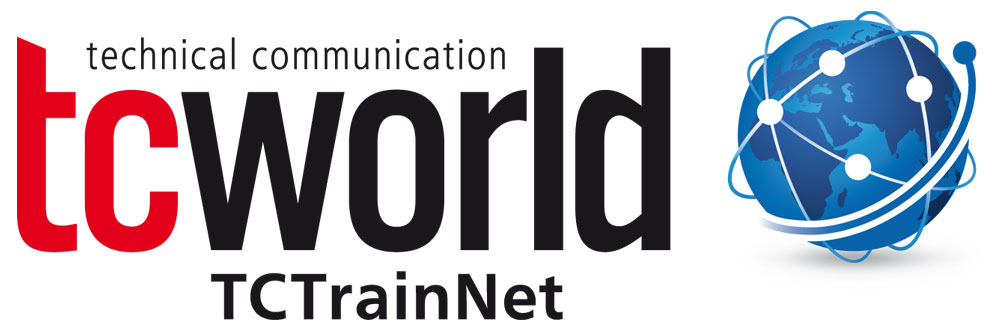A Functional Design is the set of rules defined individually for standardization, structuring and, later on, the creation of information products, which was developed with the Functional Design method. The Functional Design method is based on the assumption that a communication objective, under consideration of the target group and didactic principles, can be defined in individual “speech acts”. A communication objective in technical documentation is, e.g., to easily and comprehensibly explain the functions of a device for users. For the number of possible speech acts, in this example namely explanations, a set of rules is established that distinguishes four levels of structure for the information to be stated:
• Information products: Classification of types of text, such as, e.g., instructions for use, operation handbook, brief overview.
• Sequence patterns: Structural modules for creation of macrostructure (structure) of an information product, such as, e.g., safety notes, maintenance plans, data tables, advanced organizers, product overviews.
• Functional units: Rules that define the communicative function of a sentence or paragraph, such as, e.g., objectives, prerequisites, introductions, explanations, step-by-step instructions, test procedures. In functional units, layout and typography can also be defined.
• Markup elements: These define text module types, but not typography. Markup elements consist of e.g., menu paths, bibliographic references, captions, excursus, action outcomes, action steps.
The consistency of content in an information product results from the regular use of sequence patterns, functional units, and markup elements.



